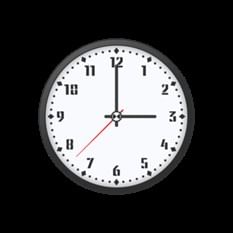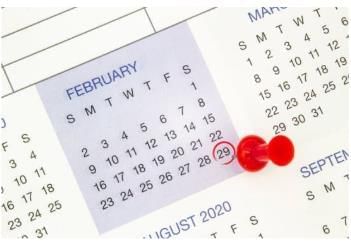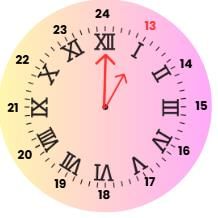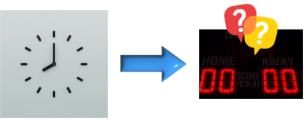Class 4 Exam > Class 4 Tests > Test: Ticking Clocks and Turning Calendar - Class 4 MCQ
Test: Ticking Clocks and Turning Calendar - Class 4 MCQ
Test Description
10 Questions MCQ Test - Test: Ticking Clocks and Turning Calendar
Test: Ticking Clocks and Turning Calendar for Class 4 2025 is part of Class 4 preparation. The Test: Ticking Clocks and Turning Calendar questions and answers have been prepared
according to the Class 4 exam syllabus.The Test: Ticking Clocks and Turning Calendar MCQs are made for Class 4 2025 Exam.
Find important definitions, questions, notes, meanings, examples, exercises, MCQs and online tests for Test: Ticking Clocks and Turning Calendar below.
Solutions of Test: Ticking Clocks and Turning Calendar questions in English are available as part of our course for Class 4 & Test: Ticking Clocks and Turning Calendar solutions in
Hindi for Class 4 course.
Download more important topics, notes, lectures and mock test series for Class 4 Exam by signing up for free. Attempt Test: Ticking Clocks and Turning Calendar | 10 questions in 15 minutes | Mock test for Class 4 preparation | Free important questions MCQ to study for Class 4 Exam | Download free PDF with solutions
Test: Ticking Clocks and Turning Calendar - Question 1
What is a leap year, and how often does it occur?
Detailed Solution for Test: Ticking Clocks and Turning Calendar - Question 1
Test: Ticking Clocks and Turning Calendar - Question 2
If today is July 1 and it is a Monday, what day of the week will it be on July 15?
Detailed Solution for Test: Ticking Clocks and Turning Calendar - Question 2
Test: Ticking Clocks and Turning Calendar - Question 3
What is the correct time shown by the clock if the hour hand is on 3 and the minute hand is on 12?


Detailed Solution for Test: Ticking Clocks and Turning Calendar - Question 3
Test: Ticking Clocks and Turning Calendar - Question 4
How many hours are there in a day, and what is the significance of this division?
Detailed Solution for Test: Ticking Clocks and Turning Calendar - Question 4
Detailed Solution for Test: Ticking Clocks and Turning Calendar - Question 5
Test: Ticking Clocks and Turning Calendar - Question 6
What is the age difference between Laali, born on 04/07/2014, and Chotu, born on 04/12/2019?
Detailed Solution for Test: Ticking Clocks and Turning Calendar - Question 6
Test: Ticking Clocks and Turning Calendar - Question 7
What is the time corresponding to 1 p.m. in the 24 hour clock?
Detailed Solution for Test: Ticking Clocks and Turning Calendar - Question 7
Test: Ticking Clocks and Turning Calendar - Question 8
Janaki went to attend her mathematics class at 9:45 a.m. and came out at 11:40 a.m. What was the duration of her mathematics class?
Detailed Solution for Test: Ticking Clocks and Turning Calendar - Question 8
Test: Ticking Clocks and Turning Calendar - Question 9
If a biscuit packet is manufactured on 01/01/2025 and expires on 01/07/2025, how long is it safe to eat after the manufacturing date?

Detailed Solution for Test: Ticking Clocks and Turning Calendar - Question 9
Detailed Solution for Test: Ticking Clocks and Turning Calendar - Question 10
Information about Test: Ticking Clocks and Turning Calendar Page
In this test you can find the Exam questions for Test: Ticking Clocks and Turning Calendar solved & explained in the simplest way possible.
Besides giving Questions and answers for Test: Ticking Clocks and Turning Calendar, EduRev gives you an ample number of Online tests for practice
Download as PDF






















